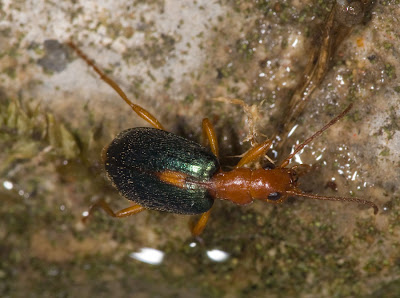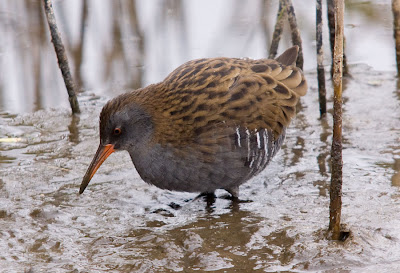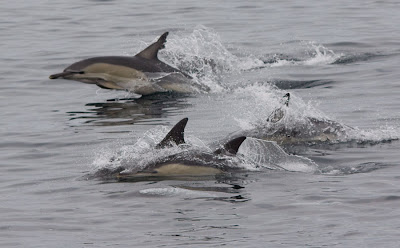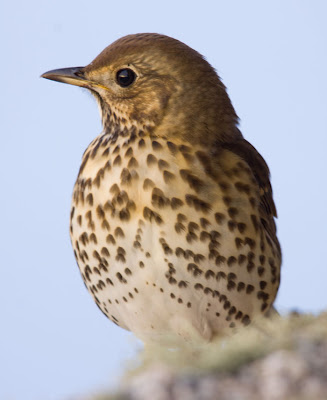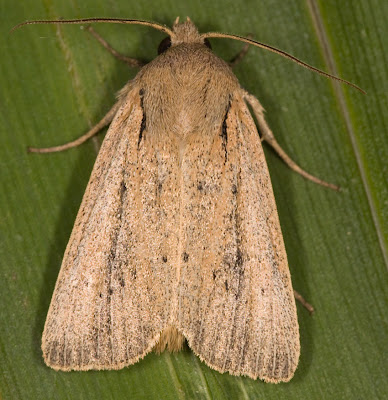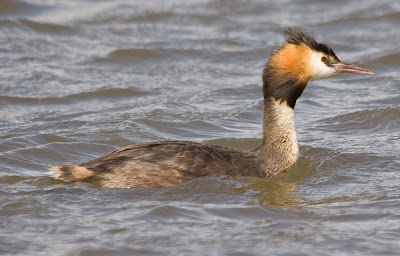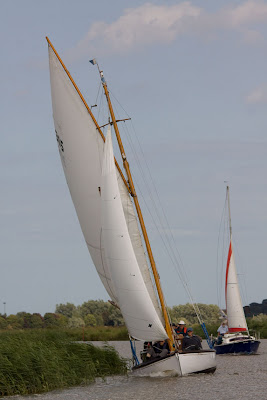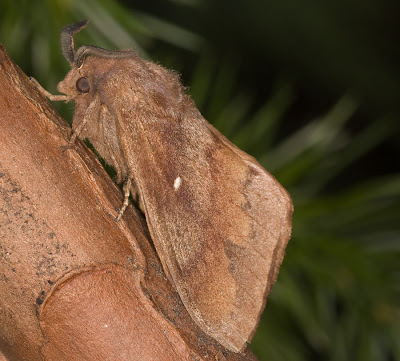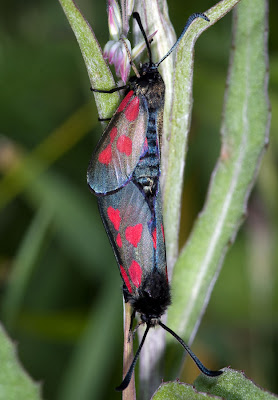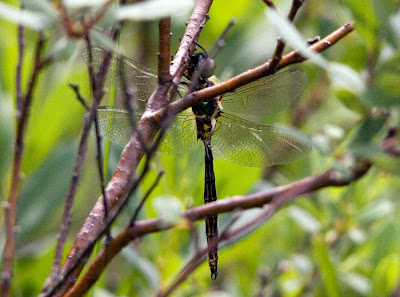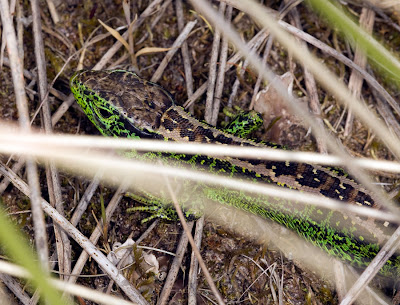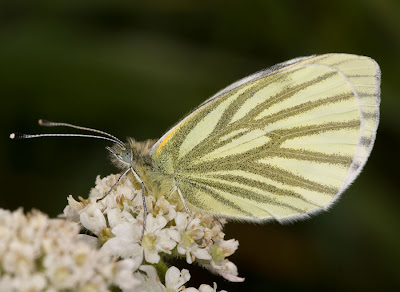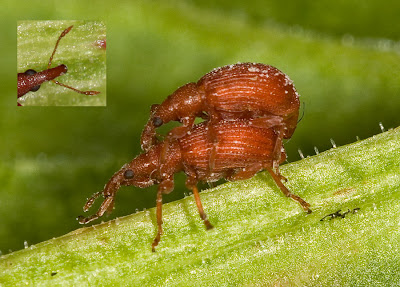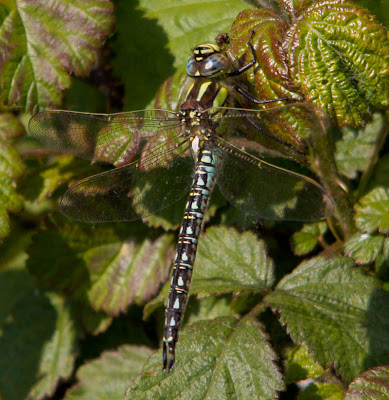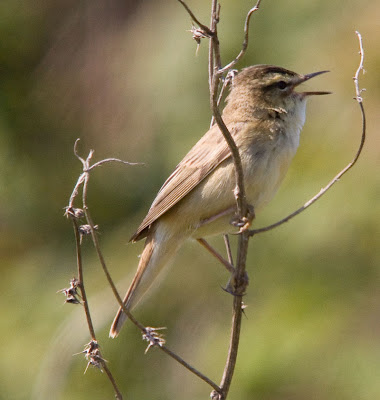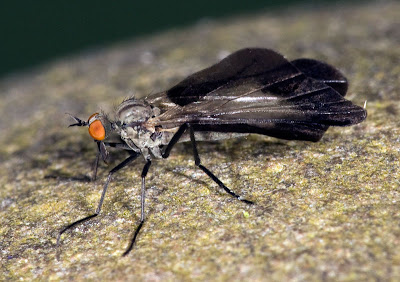October and November were relatively quiet in terms of amazing rarities. I did manage a visit back to the north east to see a new bird for Britain. This major find was so close to being missed, as someone had taken a photograph of it and another bird thinking they were two of the same species. Fortunately he posted his photographs on a local bird forum and someone who was familiar with the species suddenly had a heart stopping moment as he realised that the bird was not a Yellow-browed Warbler as stated but an Eastern Crowned Warbler, new for Britain. The resultant rush to South Shields next day made the national news.
I couldn't help thinking as I stood watching the bird that the last new birds I'd seen in South Shields were Ross's and Ivory Gull both together at the site in 1970. In those days, both gulls were the stuff of legend for most birders and they had provoked a somewhat similar mass pilgrimage.
The other amazing bird of the autumn was a Brown Shrike that turned up a stone's throw from Heathrow airport and is still there in December, though its prospects in this recent cold spell look bleak.
October mothing was quite eventful, Durlston in Dorset provided much interest in the form of both Oak Rustic and Sombre Brocade. These two species have recently colonised the Holm Oak trees that abound along the cliffs there. The former has successfully spread to several neighbouring sites and it is supposed that Sombre Brocade will show similar dispersive behaviour over the next few years.
December has been quiet on most fronts, apart from the journey to London a friend and I made last week to help rescue a beetle :-) The beetle in question is only known from one brownfield site in the docklands area of London. The area is soon to be redeveloped so a last trawl of the habitat was made to see if any more beetles could be found and translocated to a nearby suitable habitat that was safe for them. We found four beetles and they joined the sixty plus that had already been successfully moved. I managed to get some nice photographs of the beetle in question and one of these made it onto the Guardian website. In typical fashion, the "Grauniad" spelled my name incorrectly but hey ho :-)
I couldn't help thinking as I stood watching the bird that the last new birds I'd seen in South Shields were Ross's and Ivory Gull both together at the site in 1970. In those days, both gulls were the stuff of legend for most birders and they had provoked a somewhat similar mass pilgrimage.
The other amazing bird of the autumn was a Brown Shrike that turned up a stone's throw from Heathrow airport and is still there in December, though its prospects in this recent cold spell look bleak.
October mothing was quite eventful, Durlston in Dorset provided much interest in the form of both Oak Rustic and Sombre Brocade. These two species have recently colonised the Holm Oak trees that abound along the cliffs there. The former has successfully spread to several neighbouring sites and it is supposed that Sombre Brocade will show similar dispersive behaviour over the next few years.
December has been quiet on most fronts, apart from the journey to London a friend and I made last week to help rescue a beetle :-) The beetle in question is only known from one brownfield site in the docklands area of London. The area is soon to be redeveloped so a last trawl of the habitat was made to see if any more beetles could be found and translocated to a nearby suitable habitat that was safe for them. We found four beetles and they joined the sixty plus that had already been successfully moved. I managed to get some nice photographs of the beetle in question and one of these made it onto the Guardian website. In typical fashion, the "Grauniad" spelled my name incorrectly but hey ho :-)
